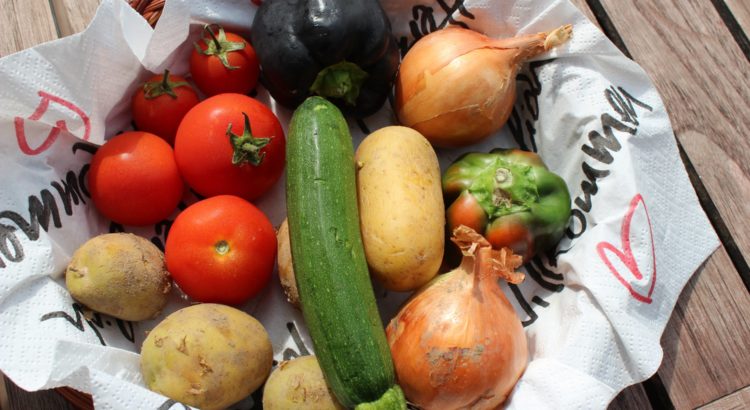It’s easy to buy a variety of different fruits and vegetables in the US, even ones that aren’t currently in season. While it’s nice to have access to put-of-season produce, many of those items are shipped from other countries and faraway places. This results in products that are less fresh, more expensive, and less nutritious. How can we solve this issue? By buying fresh, in-season products, grown locally and naturally packed with nutrients. Plus, in-season products tend to be much more affordable than off-season! Keep reading to learn about this summer’s in-season products!
Benefits to Buying In-Season
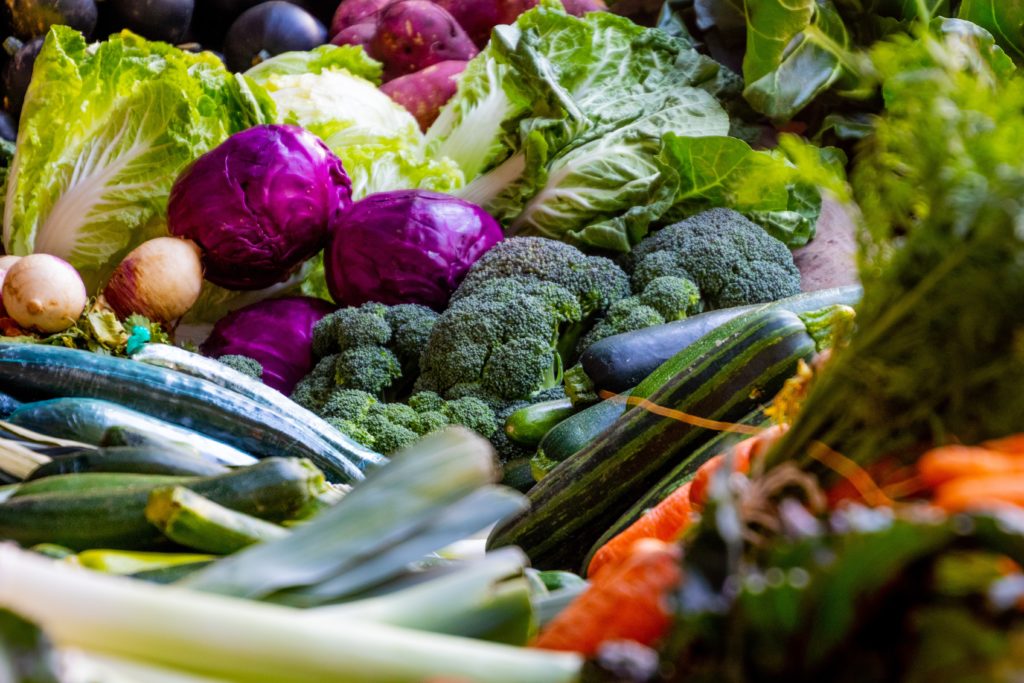
In-season produce is often grown locally, or closer to their selling market than off-season produce. Off-season produce requires specialized transportation to get to the markets, making the product more expensive. Less shipping leads to lower costs and better fruit and vegetables, but it’s also environmentally friendly! If you’ve ever bought strawberries during the winter, they’re usually tiny, soft, and spoil quickly. Many fruits and vegetables grown during the off-season are of lower quality than grown in-season, leading to fewer nutrients and fewer potential health benefits.
Fruits
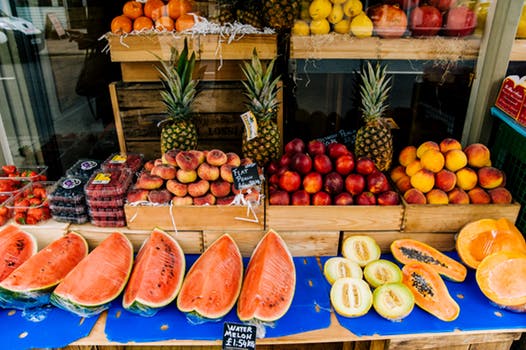
- Apples: high in fiber, vitamin C, potassium, vitamin K and vitamin B
- Apricots: high in fiber, vitamin A, vitamin C, vitamin E, and iron
- Avocados: high in healthy fat, fiber, potassium, and magnesium
- Bananas: high in potassium, may benefit digestive health and blood sugar
- Blackberries: high in vitamin C, vitamin K, fiber, and manganese
- Blueberries: high in antioxidants, fiber, vitamin C, vitamin K, and manganese
- Cantaloupe: high in vitamin A, vitamin C, and potassium
- Cherries: high in potassium, fiber, vitamin C, and melatonin (may improve sleep quality)
- Honeydew Melon: high in fiber, potassium, folate, and vitamin C
- Lemons: high in vitamin C, may help boost weight loss and improve heart health
- Limes: high in magnesium, potassium, vitamin C and antioxidants
- Mangoes: high in vitamin C and fiber, has antioxidant and anti-inflammatory properties
- Peaches: high in vitamin C, potassium, and calcium
- Plums: high in antioxidants, calcium, potassium, vitamin C, vitamin A, and vitamin K
- Raspberries: high in fiber, antioxidants, and potassium
- Strawberries: high in vitamin C, manganese, folate, and potassium
- Tomatoes: high in vitamin C, potassium, folate, and vitamin K
- Watermelon: high in vitamin A, vitamin C, and antioxidants
Vegetables
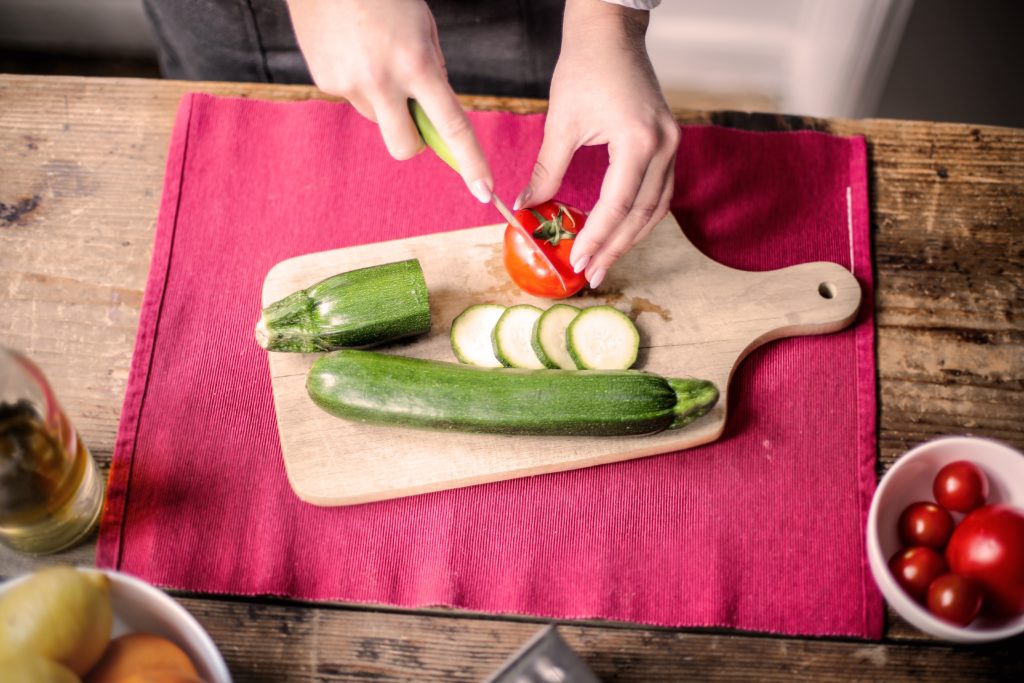
- Beets: high in potassium and folate, may be beneficial for people with diabetes and heart disease
- Bell Peppers: high in vitamin C, vitamin B, folate, and vitamin A
- Carrots: very high in vitamin A, may prevent vision loss
- Celery: high in water content and vitamin K, excellent low-calorie snack
- Corn: high in vitamin B. zinc, magnesium, copper, and iron
- Cucumbers: high in antioxidants and vitamin K, may promote hydration and weight loss
- Eggplant: high in potassium, antioxidants, and fiber,
- Garlic: high in antioxidants, may have an antibiotic effect
- Green beans: high in folate, calcium, and antioxidants
- Lima beans: high in folate, vitamin B, vitamin K, and iron
- Okra: high in vitamin K, manganese, vitamin C, and folate
- Summer squash: high in vitamin A, vitamin B, vitamin C, and folate
- Tomatillos: high in vitamin C, vitamin A, and potassium
- Zucchini: high in antioxidants, vitamin C, potassium, and magnesium
In-Season Recipes
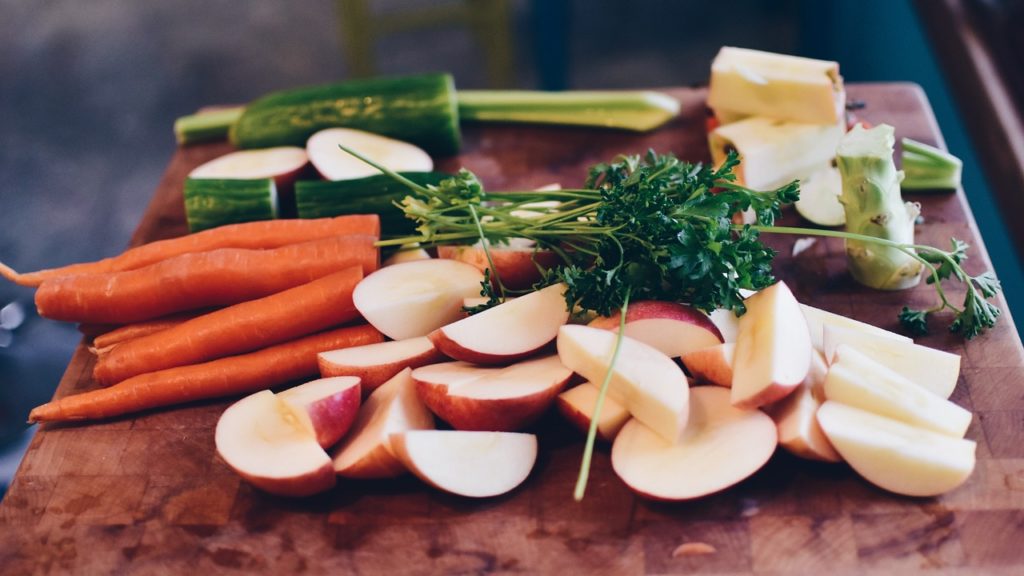
Here a few delicious recipes that use summer fruits and vegetables:
Next time you’re at the grocery store, try using this list to pick out the freshest fruits and vegetables!
